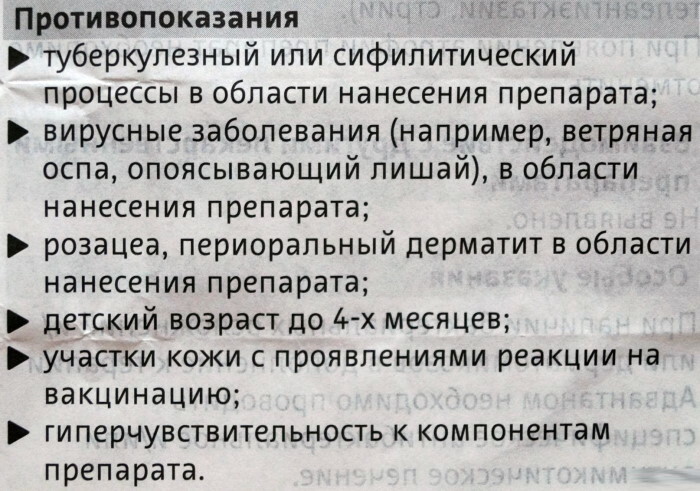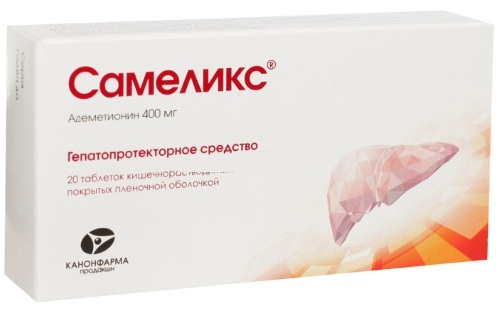Chronic cholecystitis acalculous occurs in approximately 2.5 times less than Calculous form accompanied by deposition of concrements in the bladder. This disease affects 0.6% -0.7% of the population, mostly middle-aged and older. Consider what acalculous cholecystitis, symptoms and treatment of this disease.

What it is?
Chronic cholecystitis - an inflammatory pathology of the gall bladder, which develops due to infection of the body by pathogenic microorganisms.
This diagnosis is usually made to people after 40 years with the disease are more prone to women. In chronic forms of development of disturbed motor function of the gallbladder. The disease can have different over - sluggish, recurrent, atypical.
What is the risk of disease?
Sluggish inflammatory process affects the gallbladder. Pathology in remission periods are not particularly annoying patient, people often do not realize that the digestive organs are exposed to serious danger.
Despite occasional attacks, gallbladder defeat quite serious:
- disrupted bile outflow of liquid biochemical composition varies;
- cells do not cope well with stress, digestion is slower than normal;
- flaccid dystrophy causes inflammation of the gallbladder wall, inhibits immune mechanisms;
- malfunction digestive system element degrades the overall condition of the patient.
In the absence of competent care, delayed care-seeking damages inflamed gallbladder wall is so severe that it is necessary to remove the problematic organ.
Causes and risk factors
The factors that have the appearance of chronic cholecystitis form, include the following:
- cholestasis;
- prolapse of internal organs;
- pregnancy;
- circulatory disorders of the body;
- getting into the bile ducts pancreatic juice;
- the presence of excess weight;
- excessive fatigue;
- the presence of intestinal infections in the body;
- chronic form of pancreatitis;
- insufficiently active lifestyle;
- excess intake of alcohol;
- disturbances in the power mode;
- foci of infection in the body;
- eating large quantities of acute and fatty foods;
- hypoacid gastritis;
- hypothermia;
- stress, endocrine disorders, autonomic disorders - can cause problems with the tone of the gall bladder.
Activators cholecystitis usually protrude pathogens - Staphylococcus, Streptococcus, worms, fungi. They can get into the gall bladder from the intestines as well as the bloodstream or lymphatic system.
Classification
The disease is characterized by chronic course and a tendency to alternation of exacerbation and remission. Given their number throughout the year, experts determine the nature of the disease: mild, moderate or severe.
There are 2 main types of chronic cholecystitis:
- nekalkulezny (bezkamenny) - (inflammation of the gallbladder wall without the formation of stones);
- calculous (to form solid stones - stones).
Depending on the disease distinguish three forms of the disease - sluggish, recurrent and gnoynoyazvennuyu.

symptoms
The main symptom in chronic cholecystitis, a dull pain in the right upper quadrant, which can last few weeks, it can give the right shoulder, and right lumbar region, to be dull. Amplification pain occurs after a fatty, spicy foods, carbonated soft drinks or alcohol, exposure to cold or stress, aggravation of women may be associated with PMS (premenstrual syndrome).
The main symptoms of chronic cholecystitis:
- Bitter taste in the mouth, Burp bitterness;
- Heaviness in the right upper quadrant;
- Low-grade fever;
- Possible yellowing of the skin;
- Indigestion, vomiting, nausea, lack of appetite;
- Dull pain right under the ribs, extending to the back, shoulder;
- Very rarely have atypical symptoms, such as heart pain, swallowing disorder, bloating, constipation.
Chronic cholecystitis does not occur suddenly, it is formed in a long time, and after relapse, during treatment, and dieting the periods of remission, the more carefully diet and supportive therapy, the longer the period of absence symptoms.
Diagnostics
In an interview in the patients in the study of medical history doctor he pays attention to the causes that could lead to the development of chronic cholecystitis - pancreatitis, and other pathology. Palpation right side under the ribs there are painful sensations.
Tool and hardware methods of diagnosis of chronic cholecystitis:
- ultrasound;
- cholegraphy;
- scintigraphy;
- duodenal intubation;
- arteriography;
- cholecystography.
Laboratory tests reveal:
- The bile if no stones - low level of bile acids and increased contents of lithocholic acid, cholesterol crystals, increased bilirubin, protein and free amino acids. Also found in the bile bacteria cause inflammation.
- The blood - increased erythrocyte sedimentation rate, high liver enzymes - alkaline phosphatase, GGT, ALT and AST /
Treatment of chronic cholecystitis
Clinical management of chronic cholecystitis varies depending on the process phase. Outside exacerbations basic therapeutic and preventive measures is dieting.
During exacerbation of chronic cholecystitis treatment similar to the treatment of acute process:
- Antibacterials for the rehabilitation of inflammation focus;
- Enzymatic agents - Panzinorm, Mezim, Creon - to normalize digestion;
- NSAIDs and antispasmodics to eliminate pain and reduce inflammation;
- Means of enhancing the flow of bile (choleretic) - Lioba, Allohol, holosas, corn silk;
- Dropper with sodium chloride, glucose for detoxification.
In the presence of stones it is recommended litholysis (pharmacological tool or destruction of stones). Drug dissolution of gallstones is carried out using preparations deoxycholic and ursodeoxycholic acid instrumentally - extracorporeal shock wave methods, laser or electrohydraulic exposure.
In the presence of multiple stones, persistent recurrent course with intensive biliary colic, a large amount of concrements, inflammatory degeneration of the gallbladder and the ducts is shown operative cholecystectomy (abdominal or endoscopic).

Diet for chronic cholecystitis
When the disease need to strictly adhere to the table №5 even in remission for prevention. The basic principles of diet in chronic cholecystitis:
In the first three days of exacerbation there can not be. It is recommended to drink a decoction of rose hips, non-carbonated mineral water, weak tea with a sweet lemon. Gradually introduce soups on the menu, cereals, bran, jelly, lean meat guy or boiled, fish, cottage cheese.
Then you need to adhere to these guidelines:
- There is a need in batches small amounts of at least 4-5 times per day.
- Preference should be given vegetable fats.
- Drink plenty of yogurt, milk.
- Necessarily have to eat a lot of vegetables and fruits.
- That you can eat with chronic cholecystitis? Suitable boiled, baked, steamed, not fried foods.
- When acalculous chronic disease form can eat 1 egg per day. When calculous this product should be excluded completely.
It is strictly forbidden to use:
- alcohol;
- fatty foods;
- radish;
- garlic;
- Luke;
- turnips;
- spices, particularly acute;
- canned food;
- legumes;
- fried foods;
- smoked;
- mushrooms;
- strong coffee, tea;
- pastry.
The neglect of the principles of nutrition can cause serious consequences of chronic cholecystitis, lead to relapse and progression of inflammatory and destructive changes in the walls of the gall bubble.
Complications of chronic cholecystitis
Timely treatment of chronic cholecystitis allows you to maintain the quality of life and avoid serious complications such as:
- internal biliary fistula;
- acute form of pancreatitis;
- hepatitis;
- cholangitis;
- peritonitis - an extensive inflammation of the peritoneum, which may arise as a result of perforation of the gallbladder and biliary tract;
- purulent abscesses in the abdominal cavity, including localized in the liver.
Rehabilitation in chronic cholecystitis after treatment requires timely receiving medication, gentle treatment of the day, and strict adherence to dietary intake. If you comply with all the expert advice about possible complications or subsequent relapse of the disease can not be anxious.
Prevention of exacerbations
To prevent the occurrence of the disease or prevent its aggravation, should comply with the general rules of hygiene. An important role is played by nutrition. Eat food should be 3-4 times a day around the same time. Dinner should be light, do not overeat. Especially should avoid excessive consumption of fatty foods in combination with alcohol. It is important that the body receives a sufficient amount of fluid (at least 1.5-2 liters per day).
For the purpose of preventing chronic cholecystitis necessary to allocate time for physical activity. It can be charged, walking, swimming, cycling. In the presence of chronic foci of infection (inflammation of the appendages in women, chronic enteritis, colitis, tonsillitis) should promptly carry out their treatment, the same applies to helminth infections.
If you perform the above activities, it is possible to prevent not only the inflammation of the gall bladder, but also many other diseases.



